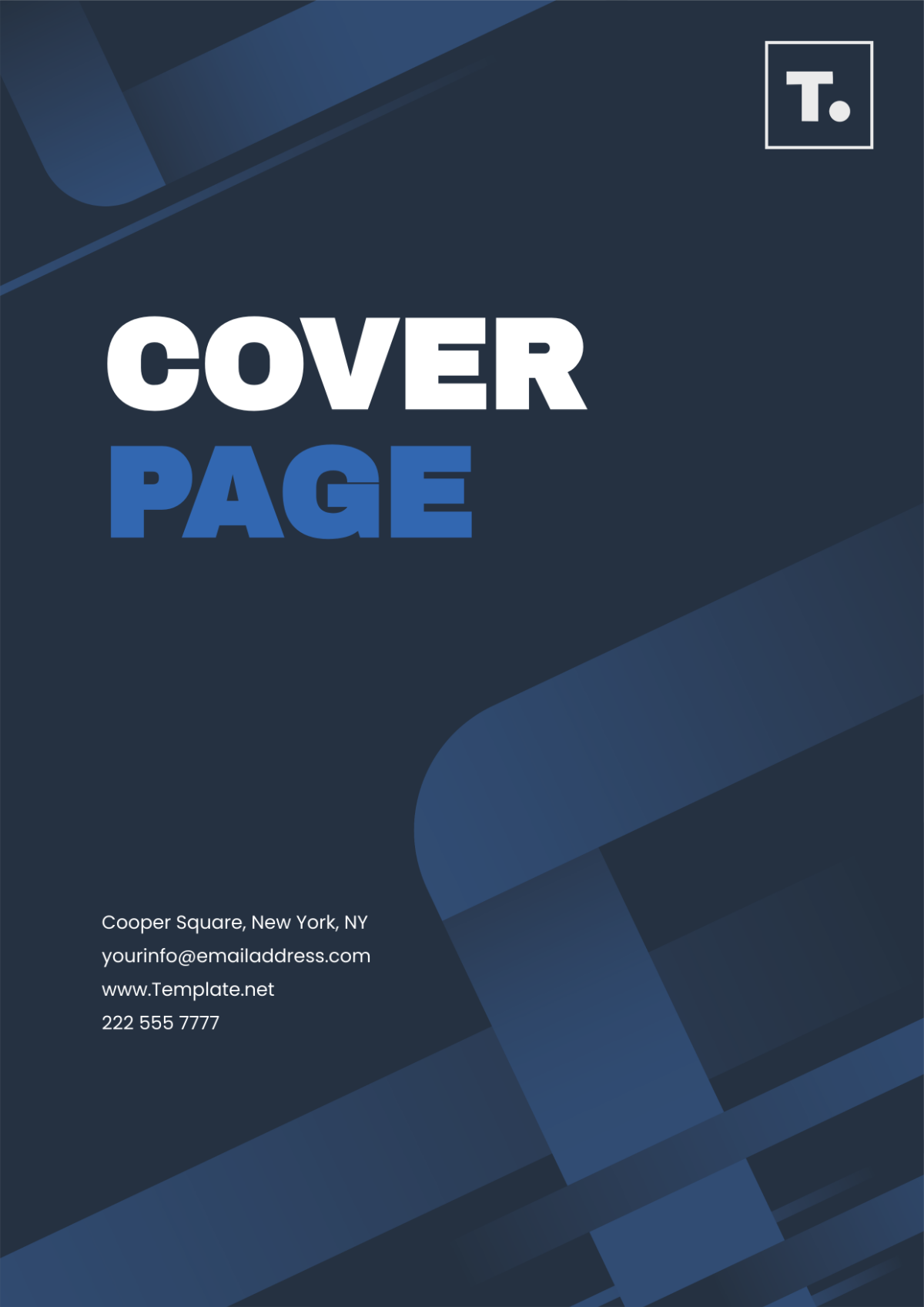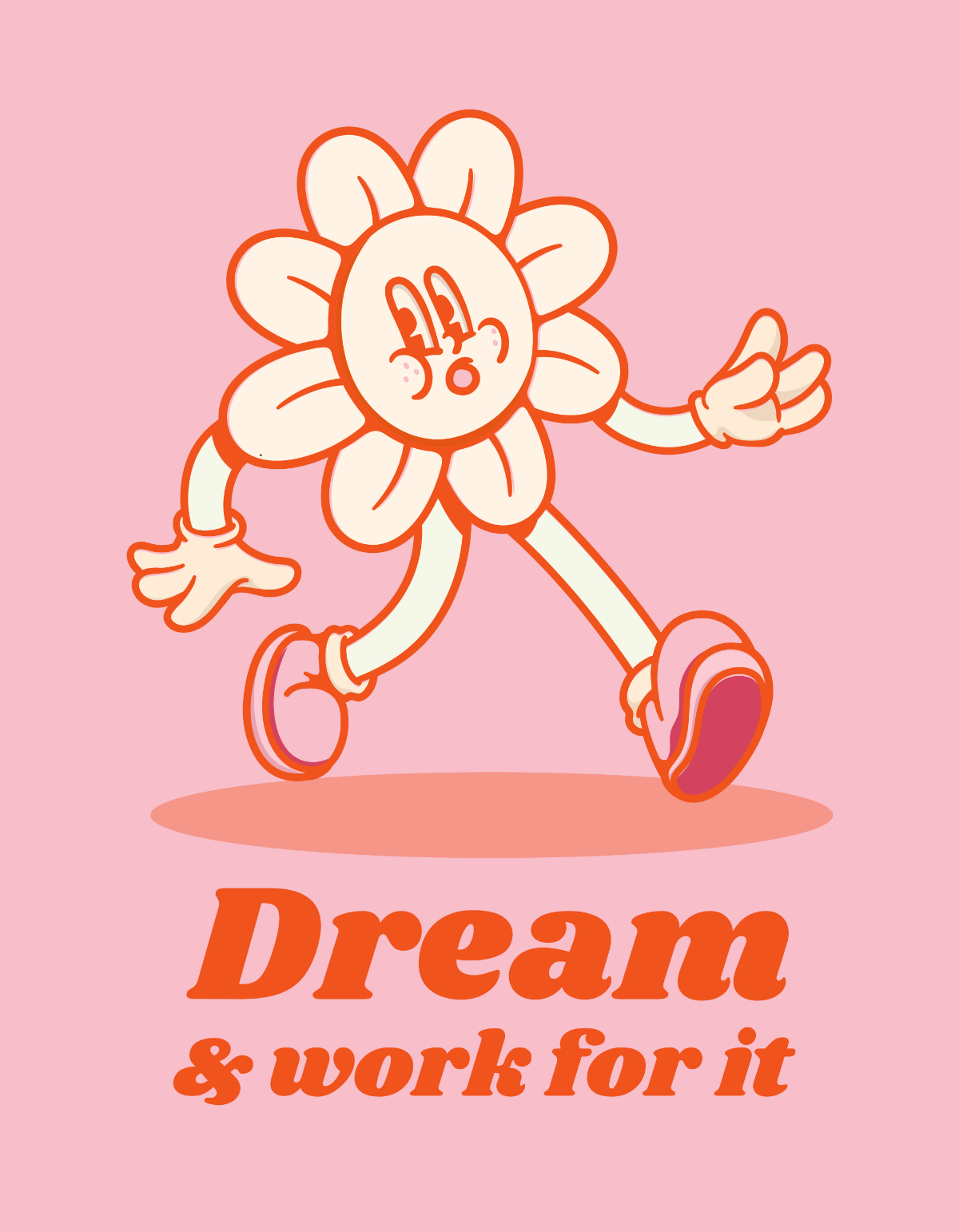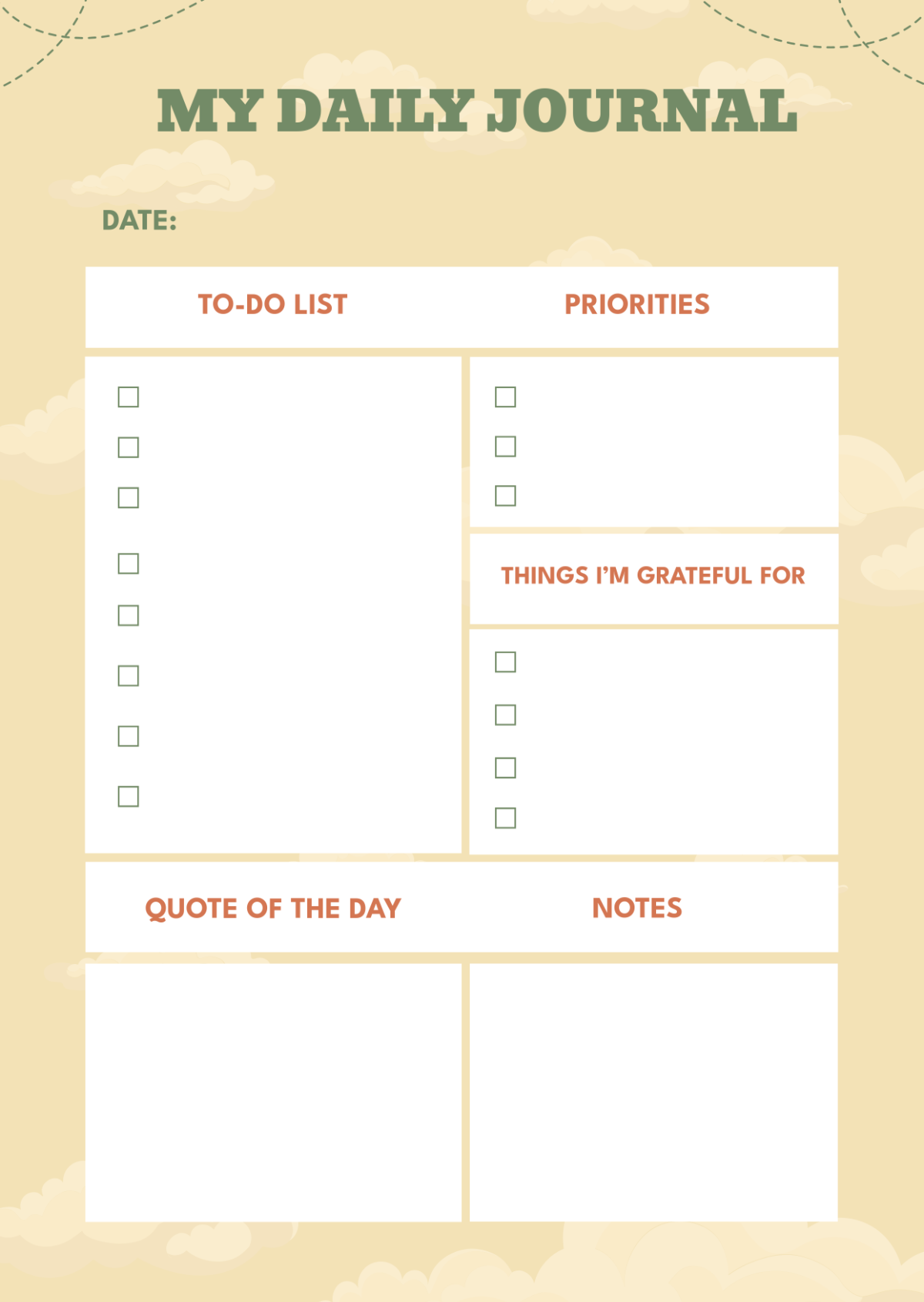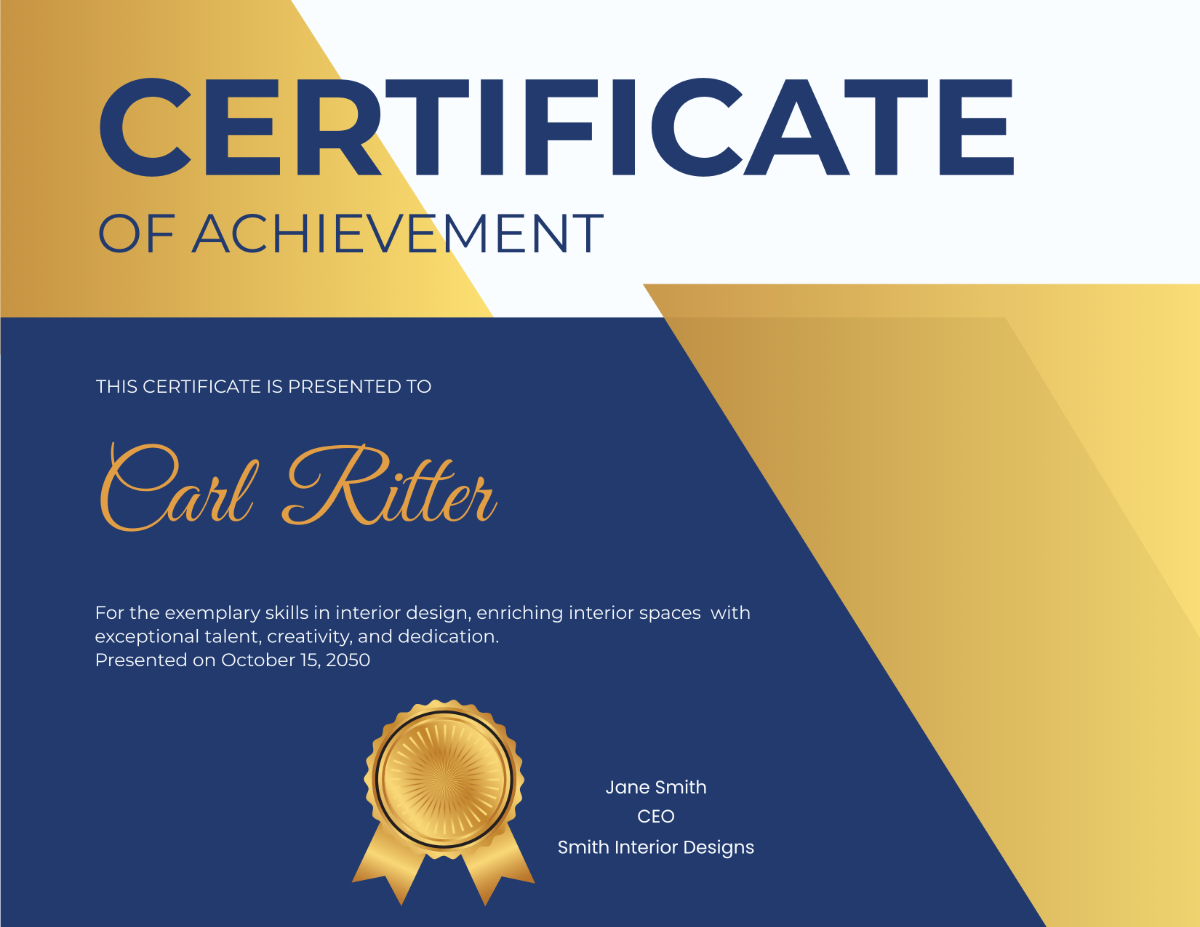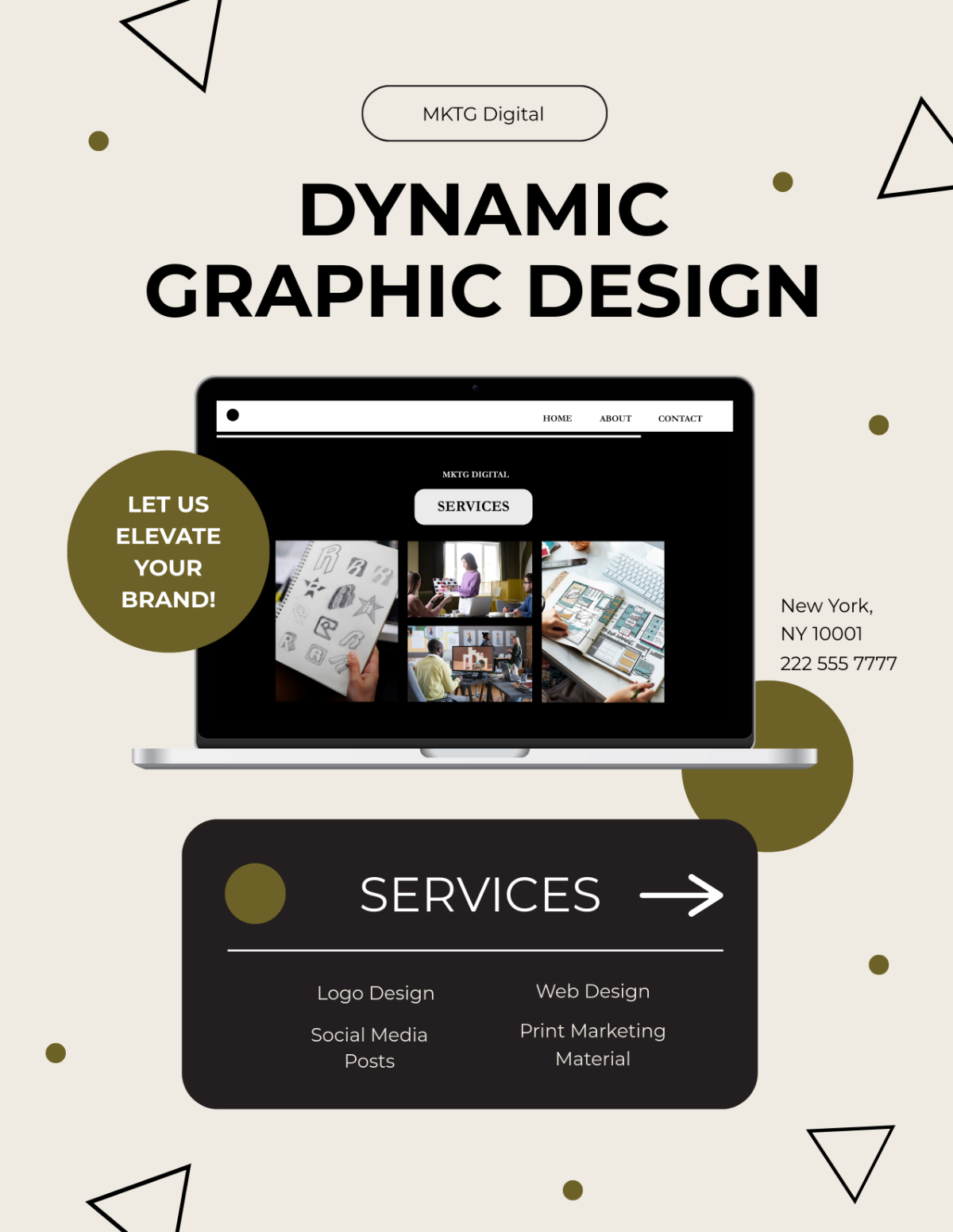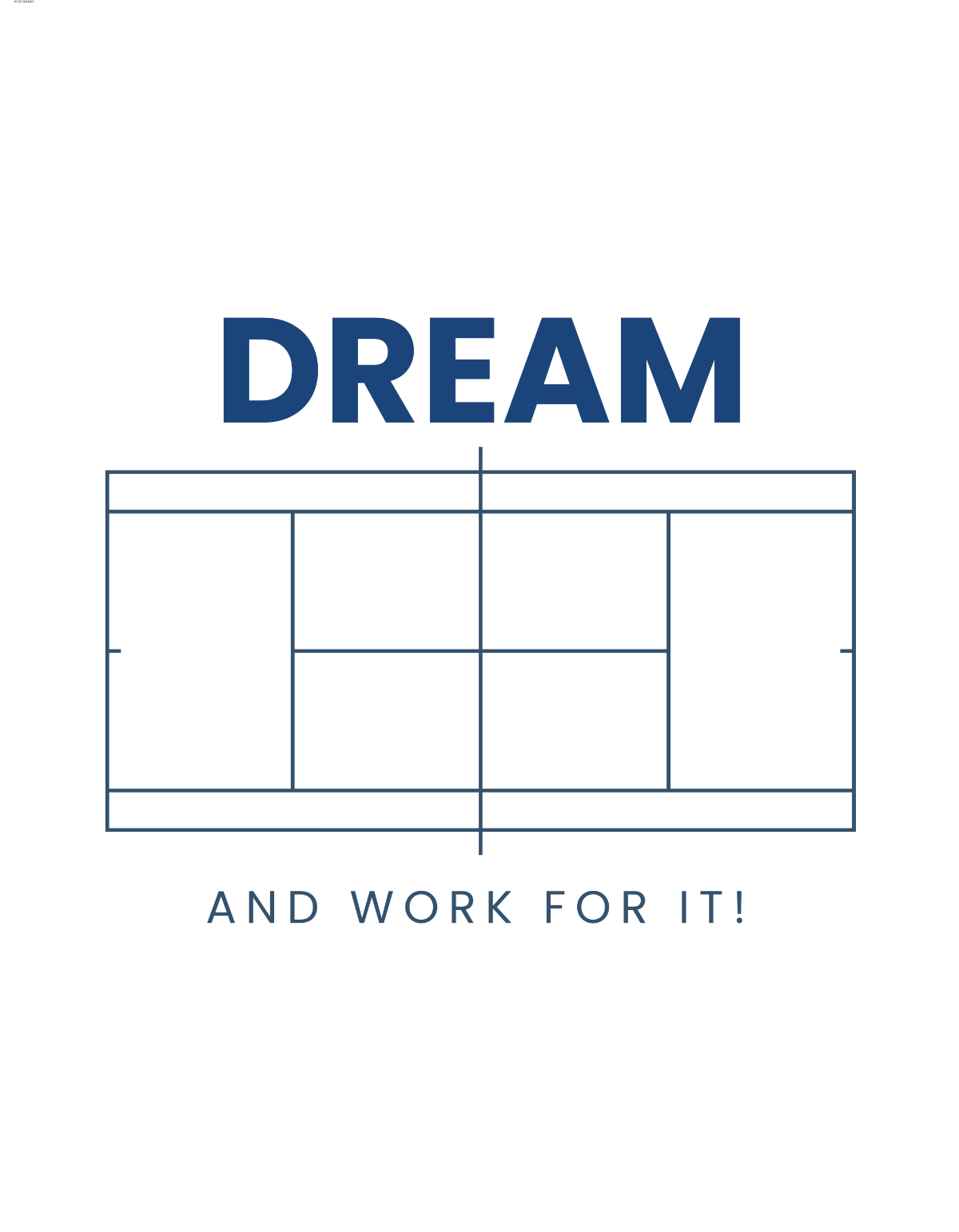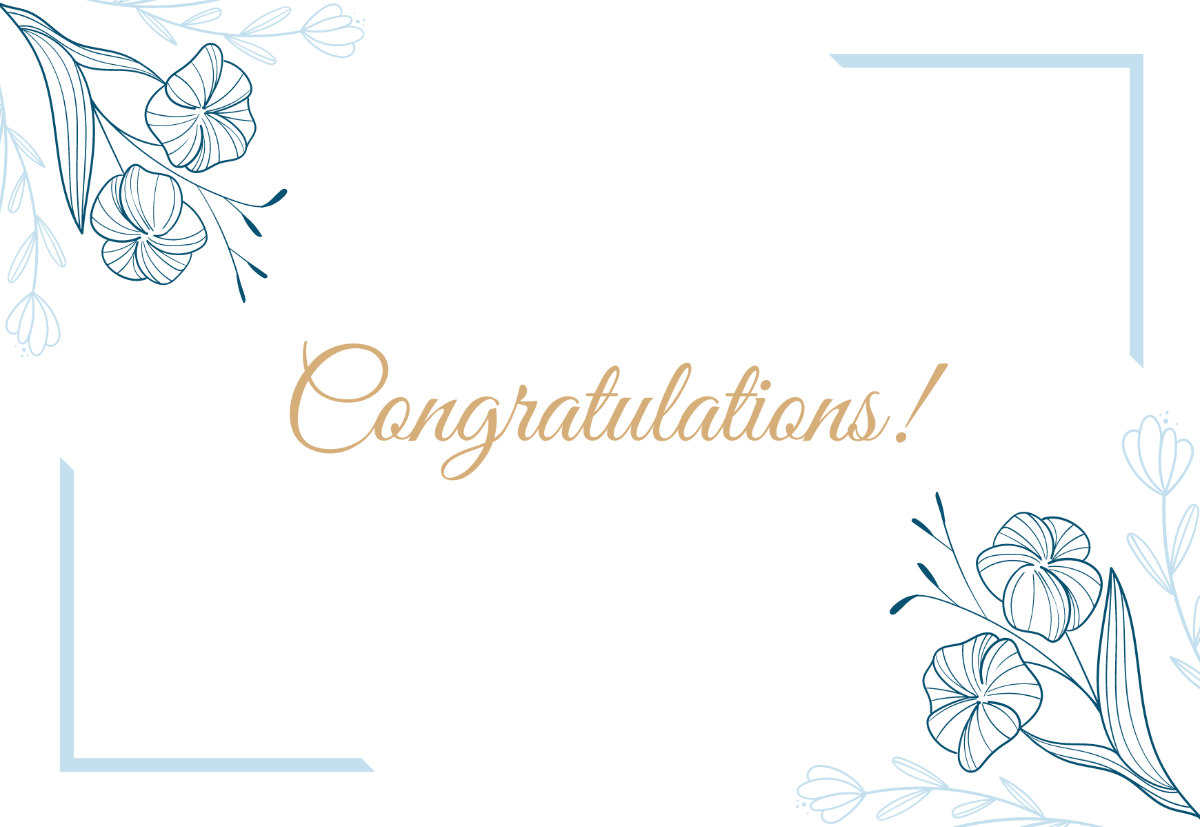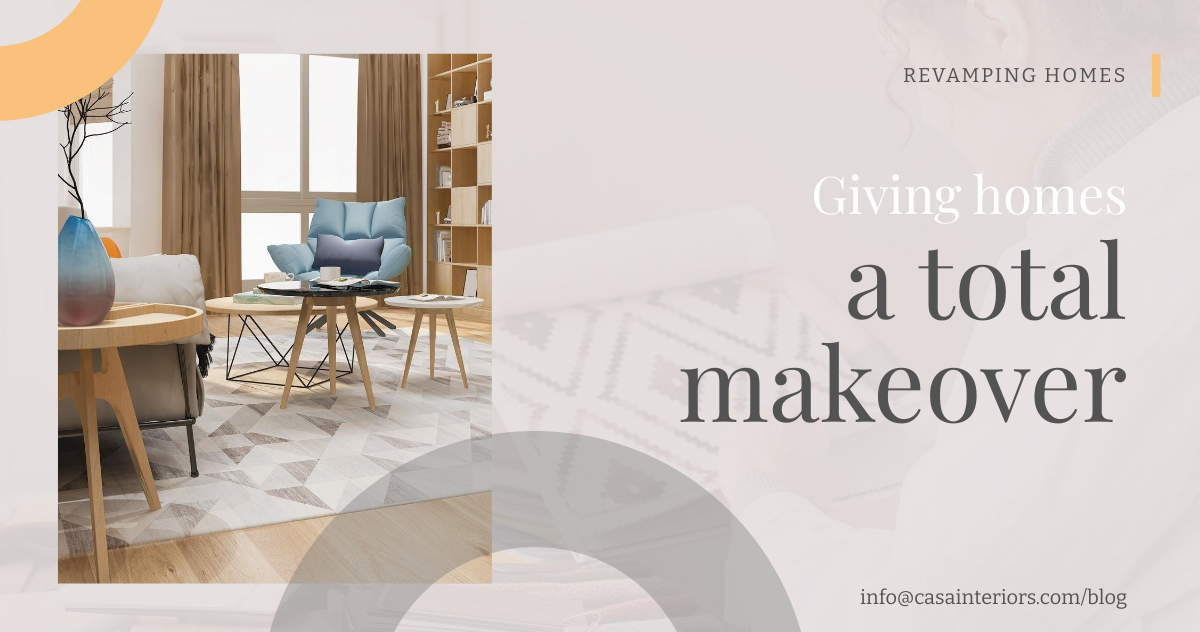What is a design template? Definition
A design template is a pre-set layout for creating graphics like flyers, invitations, letterheads and posters, featuring placeholders for text, images, and design elements. These customizable templates simplify the design process, helping users quickly produce consistent, professional-quality visuals, saving time and enhancing creativity.
How to Use a Free Design Template? Steps, Elements, Parts
Template Selection: Choose a template that best suits your project from various categories like invitations, business cards, or event posters. Consider layout, style, and the balance of text and imagery.
Edit: Use Template.net’s AI design editor to adjust fonts, colors, and graphic elements. This customization process helps personalize the template, aligning it with your branding or the specific tone of your project. Add your specific information to the template. Whether business details on a card or event information on a flyer, ensure the text is integrated seamlessly and remains clear and compelling.
Final Adjustments and Review: Review and refine the overall design, focusing on details like alignment, readability, and color harmony. Ensure that the design effectively communicates your message and is visually engaging.
Export and Distribution: Once you are satisfied with the design, export it in the required format for digital use or print, and proceed with distribution.
Why Use Free Design Templates? Benefits and Use Cases
Free design templates are essential for streamlining the creation of consistent, professional-looking materials across various applications. They aid in marketing, advertising, personal celebrations, and corporate events, allowing for quick adaptations and ensuring brand consistency.
For Designers & Marketers, What are the Primary Aims of a Design Template?
Design templates help enhance creative efficiency, ensure aesthetic consistency across materials, engage audiences with professional designs, and minimize project completion times. They allow designers and marketers to concentrate on customizing content, thus speeding up the production process and improving the quality of outputs.
What is the Importance of Layout, Style, and Customizability in a Design Template?
A design template’s layout, style, and customizability ensure the final product is visually appealing while effectively conveying the intended message. It ensure that templates can be adapted for various purposes and audiences, increasing their utility and impact.









